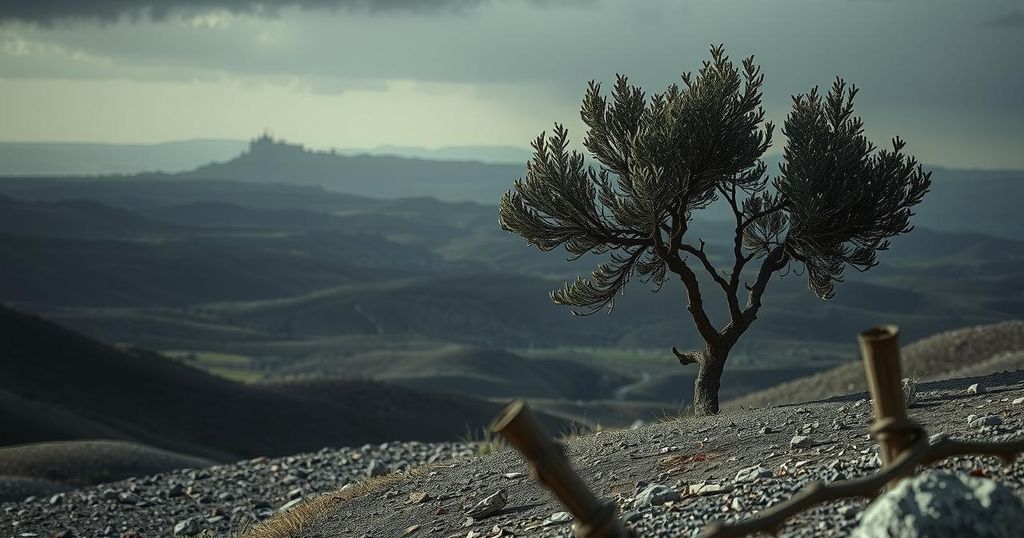The governor of North Kivu, Major General Peter Cirimwami, was killed in frontline combat with M23 rebels encircling Goma. His death highlights the increasing territorial gains of M23 and the rising panic among the city’s residents. M23’s activities are linked to a larger humanitarian crisis in eastern Congo, exacerbated by ongoing regional tensions and allegations of foreign intervention.
On January 24, authorities confirmed the death of Major General Peter Cirimwami, governor of North Kivu province in eastern Congo, due to injuries sustained in frontline combat with M23 rebels. His death occurred amidst significant territorial advances by the rebels, who have encircled Goma, a city of approximately two million inhabitants and a critical center for security and humanitarian activities.
The specifics surrounding Major General Cirimwami’s fatal injuries remain unclear, though he reportedly visited troops in Kasengezi, located about 13 kilometers from Goma, the day he succumbed to his injuries. Various governmental and UN officials, who preferred to remain anonymous, corroborated his death on January 25.
Panic engulfed Goma as M23 rebels seized control of Sake, situated just 27 kilometers from the provincial capital and one of the few remaining routes accessible to the government. Subsequent to this development, the DRC military engaged in clashes with M23 forces situated outside Goma, prompting warnings from the United Kingdom, United States, and France for their citizens to evacuate the conflict-stricken city.
M23 is among approximately 100 armed groups contending for dominance in mineral-rich eastern Congo, which lies along the Rwandan border—a conflict that has persisted for decades and contributed to one of the world’s most severe humanitarian crises, displacing over seven million individuals. Recent weeks have seen M23 capturing towns such as Minova, Katale, and Masisi, further escalating tensions in the region.
Accusations from Congo, the United States, and UN specialists point to Rwandan support for M23, predominantly composed of ethnic Tutsi defectors from the Congolese army. Though the Rwandan government refutes these claims, it acknowledged last year having troops and missile systems in eastern Congo for security purposes, citing the assemblage of Congolese military forces near the border. UN experts estimate the presence of up to 4,000 Rwandan troops within Congo.
The violence in eastern Congo is rooted in a complex conflict involving numerous armed groups, with M23 being one of the most prominent. The region is rich in minerals, and control over these resources has been a significant factor in the ongoing violence. The fighting has led to a major humanitarian crisis, displacing millions and drawing international attention, particularly concerning allegations of foreign intervention. Historically, the conflict is interwoven with ethnic tensions and the legacy of previous conflicts, including the Rwandan Genocide, which resulted in a spillover of ethnic violence into neighboring regions. The UN and various nations continue to monitor the situation closely due to its implications for regional stability. The strategic importance of Goma, being a pivotal hub for humanitarian aid and security operations, exacerbates the urgency of addressing the escalating violence and the challenges posed by armed groups operating in the vicinity.
The tragic death of Major General Peter Cirimwami underscores the increasing intensity of the conflict in eastern Congo, particularly with M23 rebels encroaching upon Goma. This situation highlights the ongoing humanitarian crisis, with millions displaced amidst territorial disputes involving various armed groups. The allegations of Rwandan support for M23 further complicate diplomatic relations, necessitating a thorough international response to mitigate the violence and support humanitarian efforts in the region.
Original Source: www.lemonde.fr






